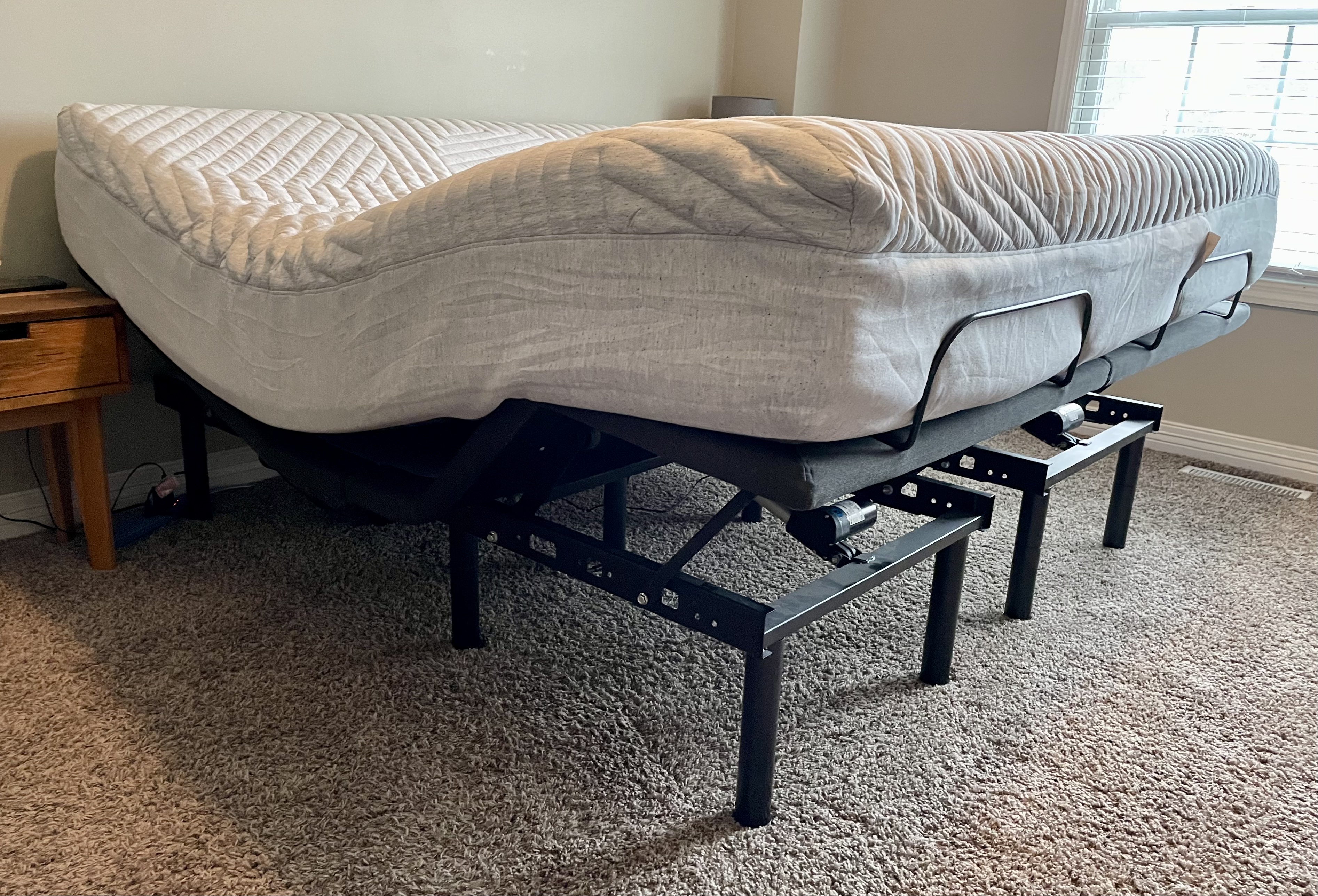
According to Technavio, a global market research firm, the hybrid-mattress market is expected to grow by $1.42 billion by 2026. In short, “hybrid” is a marketing term-and a successful one at that. You might also find a hybrid that’s bouncy, with just a touch of foam that barely conforms to your curves. In truth, you may very well find a hybrid that still has a quicksand memory-foam feel, with only a whiff of resilience. The variation makes it “difficult to say if a specific construction is better than another,” Regan says. And while we found just over an inch of latex on top, the bulk of the foams (two layers of polyurethane, about 8 inches thick in total) exists under the coils. Its coils-actually, micro-coils-are only 1.5 inches high. But you can’t assume that’s what you’ll get with every hybrid mattress.Īs another example, Regan points to the Therapedic Agility Hybrid.


It’s a construction most shoppers would expect to see in a hybrid, says Regan. Among the mattresses in our ratings, he says that “hybrid” construction can vary by a lot.įor instance, the Casper Original Hybrid has a layer of polyurethane foam and a layer of memory foam (totaling about 3.3 inches thick) on top of a layer of 6.1-inch-high coils.

As a result, it’s up to manufacturers to determine for themselves whether their mattresses count as hybrids, says Chris Regan, who oversees CR’s mattress testing.


 0 kommentar(er)
0 kommentar(er)
